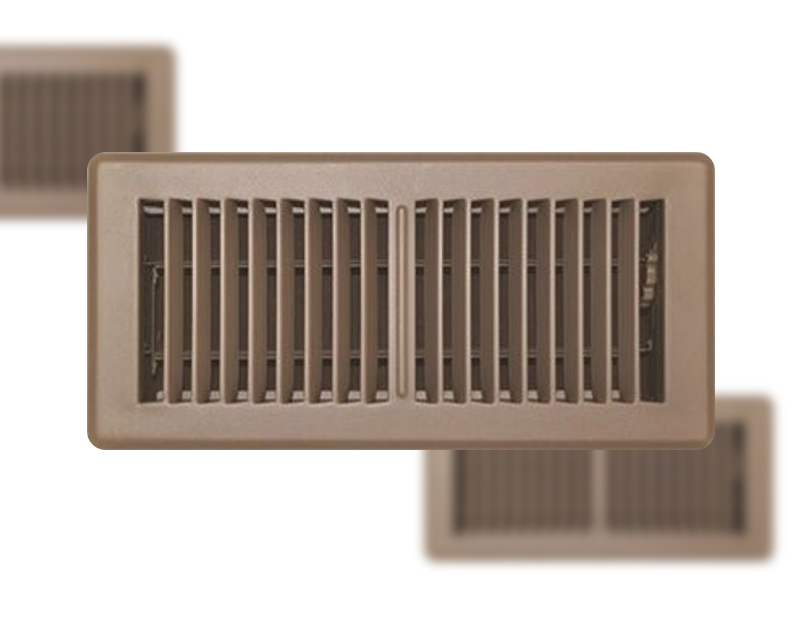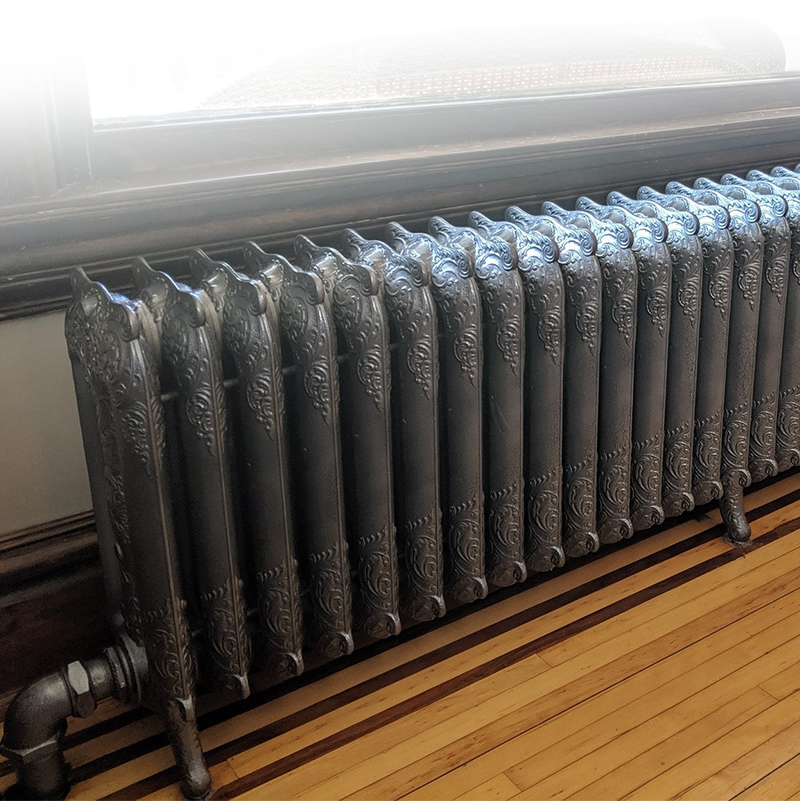
The evolution of residential heating and cooling systems has come a long way from the days of simple radiators and gravity-based systems. A significant leap occurred in the mid-20th century with the introduction of forced air systems, a development that not only transformed the HVAC industry but also redefined home comfort. This innovation marked a new era for HVAC contractors, necessitating new skills and knowledge, and continues to impact the field to this day.
The Pre-Forced Air Era
Before the widespread adoption of forced air systems, homes were primarily heated using radiators or gravity-based heating systems. These methods relied on the natural movement of hot air rising and cool air sinking. While effective at providing heat, these systems lacked the capability to circulate air throughout the home efficiently and could not be integrated with cooling systems.

The Breakthrough: Forced Air Systems
The introduction of forced air systems revolutionized the way homes were heated and cooled. These systems use a blower to push air through ductwork, distributing it evenly throughout various rooms. This breakthrough made it possible to have a single, integrated system for both heating and cooling, paving the way for the development of central HVAC systems.
Forced air systems also allowed for the inclusion of additional components like air filters, humidifiers, and dehumidifiers, which significantly improved indoor air quality. The ability to control both temperature and air quality represented a substantial leap forward in home comfort and health.
The Impact on HVAC Contractors
The transition to forced air systems required HVAC contractors to acquire new skills in ductwork design, installation, and maintenance. Understanding airflow dynamics became crucial, as did the importance of sealing and insulating ducts to enhance energy efficiency. This innovation led to a more sophisticated and technically demanding field, elevating the role of HVAC professionals.
Ongoing Evolution
Today, forced air systems are the most common type of heating and cooling system in North America. Advancements in technology have continued to shape these systems, introducing features like variable speed blowers and smart thermostat controls. These innovations offer more precise temperature control, improved energy efficiency, and greater convenience for homeowners.

